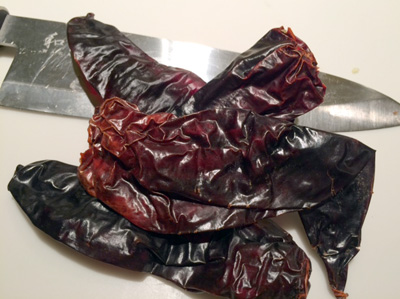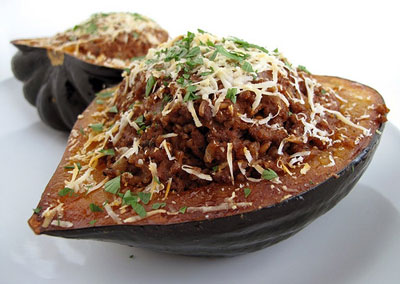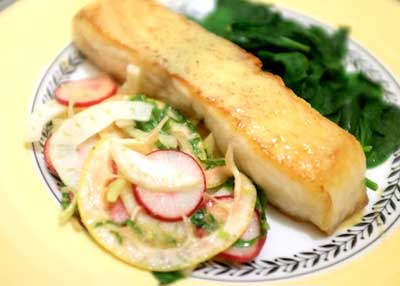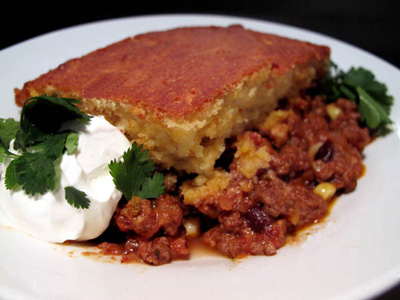 I don’t want to lose weight, stand in line at the gym, or make short-lived resolutions for 2014 - I resolve to live in the moment.
I don’t want to lose weight, stand in line at the gym, or make short-lived resolutions for 2014 - I resolve to live in the moment.
Days before the holiday I decided that Menudo was my good luck dish for this New Year’s Day. It could have been black-eyed peas or slow cooked green with pot liquor, or lentils with something but I’ve been craving Menudo for months! Menudo is tripe soup with Guajillo chiles, onions, garlic, white hominy and a few other slippery slope ingredients. I planned on freezing 11 little bags of this potion, just in case my luck needs to be topped off…
I thought about creating my Menudo for days. I dragged every cookbook out on the subject and read all about it. I visited with Rick Bayless and Diana Kennedy and that was long overdue. This good luck dish was turning into an adventure. Sure, I could have bought a can of Menudo and left it at that, or flown to Tucson, but instead I drove an hour south in light snow flurries to collect the ‘unusual’ ingredients. I had my grocery list and I was ready for some interaction with the human race after being isolated by bad weather.

 "It's all Greek to me" were practically the words that came out of my
mouth when I first saw this dish listed on a restaurant menu. I didn't
know what I was getting in to, but ever since that initial sumptuous
taste, I have been in love and obsessed with this classic Greek
casserole. Moussaka at first may appear to be a wintry meal, but late
summer with its abundance of dark purple eggplants or aubergines is
truly the perfect opportunity for making this dish. For me the sight of
an eggplant around this time of year automatically equals moussaka. And
truth be told, I love it so much that I usually end up eating the
entire casserole all by myself.
"It's all Greek to me" were practically the words that came out of my
mouth when I first saw this dish listed on a restaurant menu. I didn't
know what I was getting in to, but ever since that initial sumptuous
taste, I have been in love and obsessed with this classic Greek
casserole. Moussaka at first may appear to be a wintry meal, but late
summer with its abundance of dark purple eggplants or aubergines is
truly the perfect opportunity for making this dish. For me the sight of
an eggplant around this time of year automatically equals moussaka. And
truth be told, I love it so much that I usually end up eating the
entire casserole all by myself. I love Mediterranean food especially from the eastern region, spanning the countries from Greece through Turkey and all the way down to Lebanon and Egypt in the north of Africa. Just thinking about gyros, kebabs, and a platter of mezze from these countries makes my mouth water. It was in college that I first experienced this culinary culture, trying new things like pita bread, falafel, tabbouleh, and hummus. Then on a summer break from school I took a family trip to Hungary and was surprised by all the restaurants selling gyros and kebabs. One corner it was a restaurant owned by a Turkish and on the other corner a restaurant owned by a Greek, all selling similar foods but with different names. That's when I realized the close connection between all these countries: they were all ruled by the Ottoman Empire.
I love Mediterranean food especially from the eastern region, spanning the countries from Greece through Turkey and all the way down to Lebanon and Egypt in the north of Africa. Just thinking about gyros, kebabs, and a platter of mezze from these countries makes my mouth water. It was in college that I first experienced this culinary culture, trying new things like pita bread, falafel, tabbouleh, and hummus. Then on a summer break from school I took a family trip to Hungary and was surprised by all the restaurants selling gyros and kebabs. One corner it was a restaurant owned by a Turkish and on the other corner a restaurant owned by a Greek, all selling similar foods but with different names. That's when I realized the close connection between all these countries: they were all ruled by the Ottoman Empire. It’s not everyday that you get the chance to try a fish you’ve never even heard of before. Last week I cooked paiche (pie-chay) a fish from the Amazon, also known as arapaima or pirarucu. Freshwater paiche are huge, growing be up to near 500 pounds, and breathe through lungs rather than gills. Considered a prehistoric fish, the flesh is very firm, but also rich and high in omega-3 fatty acids.
It’s not everyday that you get the chance to try a fish you’ve never even heard of before. Last week I cooked paiche (pie-chay) a fish from the Amazon, also known as arapaima or pirarucu. Freshwater paiche are huge, growing be up to near 500 pounds, and breathe through lungs rather than gills. Considered a prehistoric fish, the flesh is very firm, but also rich and high in omega-3 fatty acids. This is one of my favorite winter casseroles based on a recipe from
This is one of my favorite winter casseroles based on a recipe from